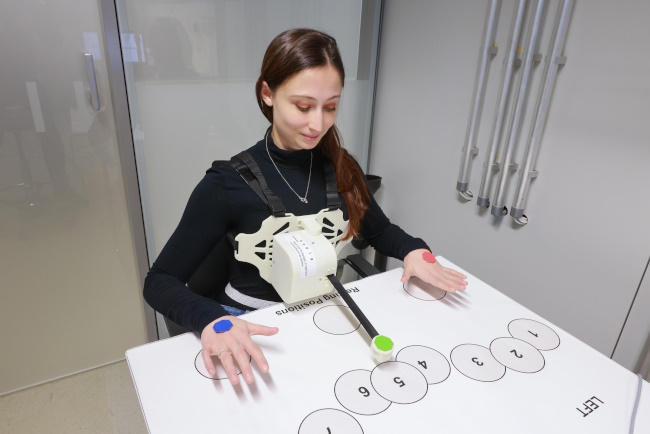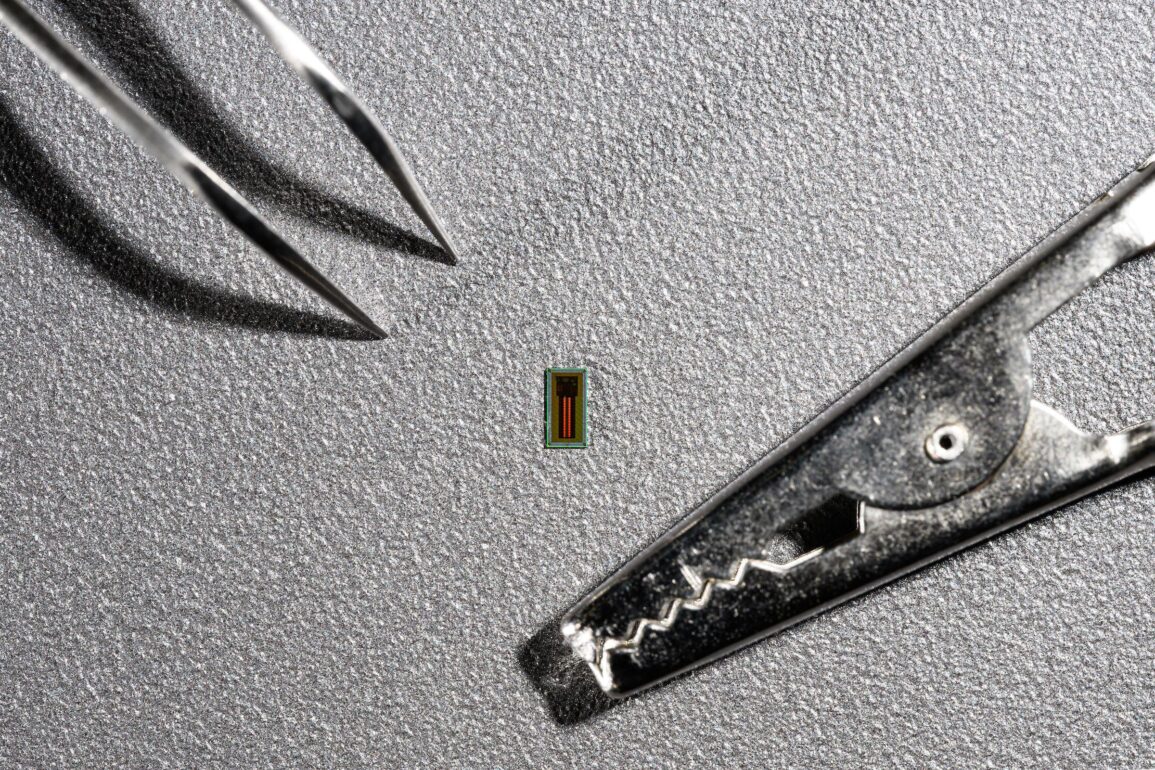In a world where good help is hard to find, Samsung's Ballie robot is rolling onto the scene as the worker who never needs a coffee break. After five years of development and refinement since its first reveal at CES 2020, this tennis ball-sized technological marvel is finally ready to join the workforce - and it might just revolutionize how we think about robot workers.
Unlike traditional workplace robots confined to assembly lines or warehouses, Ballie represents a new breed of versatile robotic employee. Think of it as a personal assistant that can literally follow you around the office, projecting presentations on walls, managing your schedule, and even helping you pick out the perfect wine for your client dinner.
What makes Ballie particularly intriguing as a robot worker is its ability to learn and adapt. Rather than following rigid programming, this AI-powered assistant observes workplace patterns and habits, constantly refining its services to match your specific needs. It's like having an employee who not only remembers how you like your meetings organized but anticipates what you'll need before you ask.
The robot's arsenal of workplace skills is impressive. Armed with a built-in projector, speakers, and LiDAR sensors for precise navigation, Ballie can transform any wall into a presentation screen, conduct video calls, or create an impromptu workspace wherever needed. Need to show a client some data? Ballie will find the optimal surface and project it at the perfect size. Want to control office lighting during a presentation? Consider it done.
Perhaps most remarkably, Ballie offers multiple ways to interact with its human colleagues. Voice commands are its primary mode of communication, but in a clever twist, it can project interactive buttons onto the floor that you can literally step on to make choices - perfect for those times when quiet communication is needed during meetings or calls.
However, potential employers should note that Samsung hasn't yet revealed Ballie's price tag or exact release date, though it's confirmed for the first half of 2025. While it's expected to command a premium price point, the ability to have a tireless, learning-capable assistant that can handle multiple roles might make it a worthwhile investment for businesses looking to innovate their workplace.
The introduction of Ballie into the workforce raises interesting questions about the future of robot workers. Unlike industrial robots that replace human labor, Ballie seems designed to enhance human capabilities rather than substitute them. It's not about replacing your current employees - it's about giving them a powerful new tool that can help them work more efficiently.
As we roll into 2025, hiring a robot like Ballie might not just be about staying ahead of the curve - it could be about redefining what we expect from workplace assistance altogether. After all, how many human employees can project a presentation on your office wall while simultaneously managing your smart office systems and learning your preferences?
The future of robot workers might not be the humanoid assistants we've imagined, but rather something more subtle and adaptable - like a helpful little ball that's always ready to roll up its metaphorical sleeves and get to work.


















